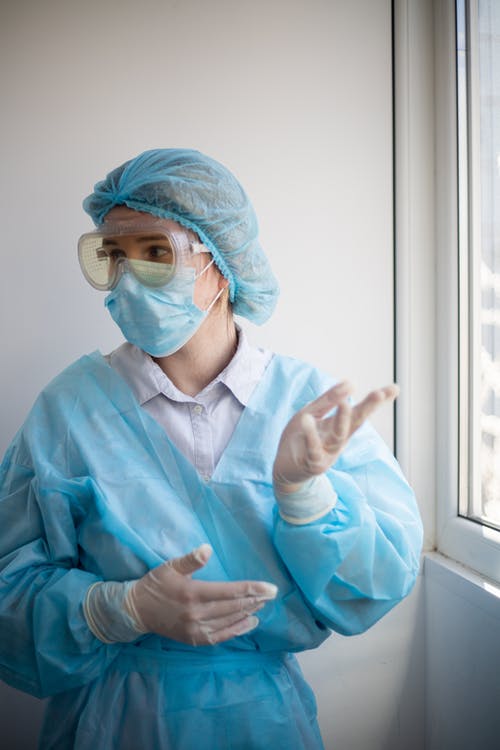Last Updated on March 12, 2024 by Asfa Rasheed
Basic sciences lay a strong foundation for learning clinical medicine and are integral to the Doctor of Medicine (MD) curriculum. The MD program is a four-year post-graduation degree program in which basic science and clinical medicine are the two major components. Basic sciences are often classified as the cornerstone of medical education because budding doctors must be equipped with the tools and skills to make sense of the ongoing advancement in medical sciences and apply them in patient care. Mastering the subjects covered in basic science medicine teaches students how to apply them in a practical setting.
As students enter medical schools, they start their medical school curriculum with basic sciences, which comes with some fundamental responsibilities. Apart from building theoretical knowledge of medicine, basic sciences also introduce first-year medical students to the clinical skills required to complete clinical rotations and pursue a fulfilling career as a doctor.
The basic science component in medical school is responsible for making the student familiar with major elements of medicine, including:
Foundation of normal processes
The first half of the basic science curriculum undertakes the study of normal structure and the function of various systems in the human body. Anatomy, physiology, biochemistry, genetics, and cell biology courses are selected because they serve as the foundation of the normal process.
Foundation of abnormal processes
The second half of basic science typically deals with abnormal processes covering the abnormal function, structure, and microbiological aspects, by undertaking microbiology, pathology, pharmacology, and behavioral science modules.
Introduction to clinical medicine
Basic sciences offer a unique opportunity to experience the learning of foundational subjects with exposure to clinical settings during the initial years of medical school. It also provides a framework for understanding the clinical medicine program.
Extensively prepare for the USMLE Step 1 success
The basic science curriculum lasts five semesters covering all the important basic science subjects also central to passing the USMLE licensing examination. Here are the subjects covered during the first five semesters of the MD program:
- Human Body Structure and Function
- Behavioral Medicine
- System and Diseases
- Clinical Skills
- Medical Ethics
- Genetics and Development
- Metabolism and Nutrition
- Neuroscience and Neurology
- Foundations of Clinical Medicine
Once the students master these subjects at medical school, they become eligible to take step 1 of the United States Medical Licensing Examination (USMLE). USMLE is considered one of the most demanding qualifications for earning a medical license to practice allopathic medicine in the U.S. and Canada. The Foundation of Clinical Medicine module provides comprehensive preparation for the exam while allowing students to take the full-length simulated examination during the basic science course.
The expertise in basic science subjects gained from the course can allow students to become great doctors. Moreover, a comprehensive understanding of basic sciences can help you pass the rigorous licensing examination and pursue a medical specialization further in your career. Now that you know that basic science in medical schools can set you up for a rigorous clinical medicine program and significantly impact your career as a doctor, I hope it encourages you to make the best out of the basic science course during the MD program.
Apart from that if you want to know about Career in Disaster Management then please visit our Education category
